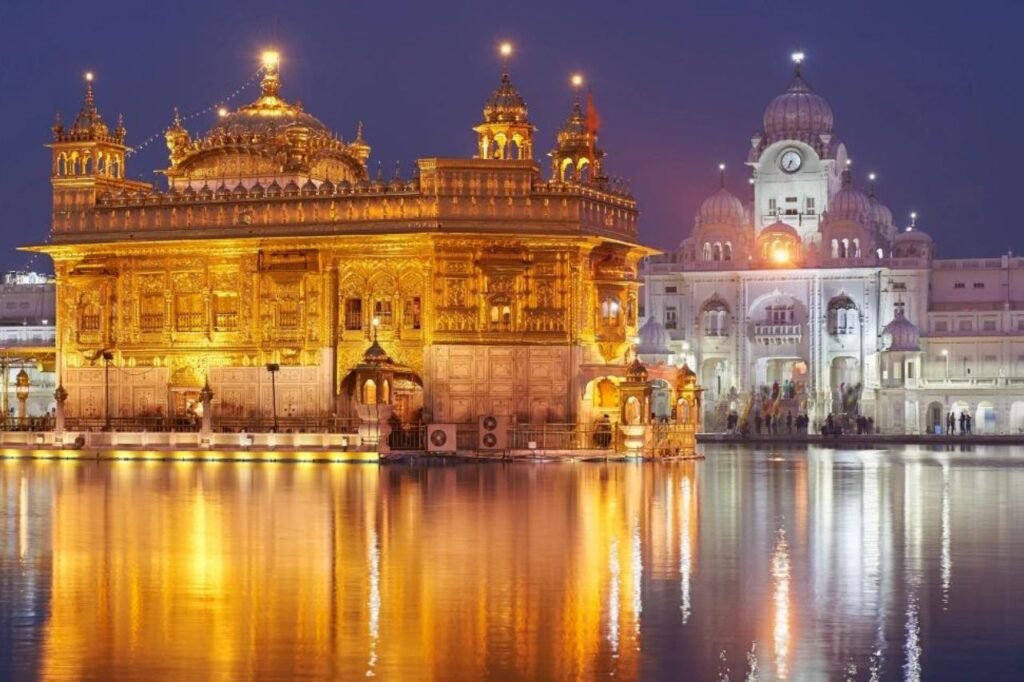Punjab District List
Enter the Pincode or Location Below in the Box
Pincodes of Punjab
Punjab Pincodes on “Pincodes of My Location” is your comprehensive guide to postal codes in the vibrant state of Punjab, India. With a user-friendly interface, our website simplifies the process of finding pincodes across various cities and towns in Punjab. Whether you’re sending mail, ordering online, or simply exploring the region, our extensive database ensures you have accurate and up-to-date postal information at your fingertips. From the bustling streets of Amritsar to the serene villages of Patiala, “Punjab Pincodes” has you covered. Discover the pincodes you need effortlessly, making your local and long-distance correspondence a breeze.

Here is a list of Punjab Pincodes
About Punjab
Punjab, historically known as Panchanada or Pentapotamia, is a northern Indian state. Situated within the broader Punjab region of the Indian subcontinent, the state shares its borders with Himachal Pradesh to the north and northeast, Haryana to the south and southeast, and Rajasthan to the southwest. Additionally, Punjab is flanked by the Indian union territories of Chandigarh to the east and Jammu and Kashmir to the north. To the west, it shares an international border with Punjab, a province of Pakistan. This geographically diverse state is rich in culture and history, offering a unique blend of traditions and landscapes.
History
The Punjab region holds historical significance as the cradle of the Indus Valley Civilization, one of the earliest urban societies, thriving around 3000 B.C. However, its decline commenced a millennium later due to Indo-Aryan migrations sweeping through between 1500 and 500 B.C. These migrations led to intertribal conflicts, giving rise to larger groups governed by chieftains and monarchs, who established local kingdoms called Mahajanapadas. The emergence of these kingdoms and dynasties in Punjab is well-documented in ancient Hindu epics, with the Mahabharata offering valuable insights into the region’s rich historical tapestry. This history underscores Punjab’s pivotal role in shaping India’s ancient past.
Demography
Punjab, accounting for 2.3% of India’s populace, boasts a population density of 551 individuals per square kilometer. As per the provisional 2011 national census data, Punjab is home to approximately 27,743,338 people, ranking as the 16th most populous Indian state. Of this population, 14,639,465 are male, while 13,103,873 are female. Notably, 32% of Punjab’s inhabitants belong to the Dalit community. The state exhibits a population growth rate of 13.9% (2011), slightly below the national average. Recent findings from the National Family Health Survey (2019-21) reveal a total fertility rate of 1.6 children per woman in Punjab, reflecting changing demographics in the region.
Geography
Punjab, located in northwestern India, covers an area of 50,362 square kilometers (19,445 sq mi). It shares borders with Pakistan’s Punjab province to the west, Jammu and Kashmir to the north, Himachal Pradesh to the northeast, and Haryana and Rajasthan to the south. The majority of Punjab is situated in a fertile, alluvial plain with perennial rivers and an extensive irrigation canal network. Rolling hills adorn the northeastern part, nestled at the base of the Himalayas, with an average elevation of 300 meters (980 ft) above sea level, ranging from 180 meters (590 ft) in the southwest to over 500 meters (1,600 ft) in the northeast. The southwestern region tends to be semi-arid, gradually transitioning into the Thar Desert.
Economy
Punjab’s robust economy boasts a GDP of ₹5.42 trillion (US$68 billion), making it a significant contributor to India’s financial landscape. Renowned as one of India’s most fertile regions, Punjab is especially conducive to wheat cultivation, earning it the monikers “Granary of India” and “India’s bread-basket.” The state’s agricultural prowess extends to rice, sugar cane, and various fruits and vegetables. Impressively, Punjab contributes 10.26% of India’s cotton, 19.5% of its wheat, and 11% of its rice production. Firozpur and Fazilka Districts stand out as the largest wheat and rice producers in the state. On a global scale, Indian Punjab accounts for 2% of the world’s cotton, 2% of its wheat, and 1% of its rice output, reaffirming its pivotal role in global agriculture.
